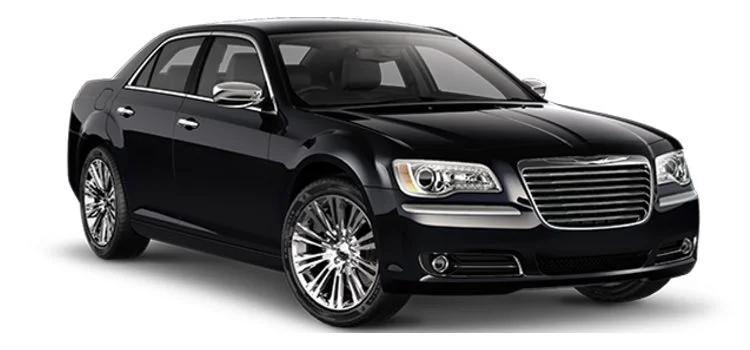American Bully Life Expectancy: Indoor vs. Outdoor Living
The life expectancy of an American Bully can vary depending on multiple factors, including genetics, diet, exercise, and healthcare. But one significant aspect that often gets overlooked is their living environment. Does keeping an American Bully indoors versus outdoors affect their longevity? Let’s explore the differences between indoor and outdoor living for American Bullies, covering the pros, cons, and potential impact each environment can have on their health and life expectancy.
1. Life Expectancy Basics for American Bullies
Before diving into the impact of indoor and outdoor living, it’s helpful to understand the typical life expectancy of an American Bully. Their life span can vary based on size, genetics, and overall health. Micro and Pocket Bullies may live slightly longer than larger Standard and XL types, but lifestyle factors, including living environment, can significantly affect these numbers.
2. Benefits of Indoor Living for American Bullies
Living indoors generally provides a more controlled environment, which can positively impact an American Bully’s health and life expectancy. Here are some key benefits of keeping American Bullies indoors:
- Protection from Harsh Weather: Extreme temperatures, whether hot or cold, can be tough on American Bullies. Indoor living protects them from heatstroke in summer and hypothermia in winter, both of which can be dangerous or even fatal.
- Lower Risk of Parasites and Infections: American Bullies living outdoors are more susceptible to fleas, ticks, and other parasites, which can lead to infections and health issues. Indoors, they have reduced exposure to these threats.
- Reduced Risk of Injuries and Accidents: Outdoor environments pose hazards like sharp objects, toxic plants, and even encounters with other animals. Indoors, American Bullies are less likely to suffer from accidental injuries.
- Closer Monitoring of Health: When American Bullies live indoors, owners are more likely to notice changes in behavior, eating habits, and appearance, which can be signs of health issues. Early detection of health problems generally leads to better outcomes.
Impact on Life Expectancy:
Indoor living can potentially increase an American Bully life expectancy by reducing their exposure to environmental risks and keeping them safe, comfortable, and closely monitored. Dogs that live indoors are more likely to enjoy a stable and protected environment, contributing to a longer, healthier life.
3. Challenges of Outdoor Living for American Bullies
While outdoor living can offer more space and fresh air, it also comes with risks that may negatively impact an American Bully’s health and lifespan.
- Exposure to Extreme Temperatures: American Bullies have short coats and limited tolerance for extreme weather conditions. Extended exposure to cold or heat can lead to health issues like frostbite, dehydration, and heatstroke.
- Higher Risk of Illness and Disease: Outdoor dogs are more likely to come into contact with parasites like fleas, ticks, and mosquitoes, which can carry diseases like heartworm. Parasite-borne diseases can impact life expectancy if left untreated.
- Potential for Social Isolation: Dogs are social animals, and American Bullies thrive on companionship. An outdoor dog might miss out on bonding time with their family, which can lead to loneliness, stress, and even depression.
- Increased Exposure to Environmental Hazards: Outdoor environments expose dogs to potential hazards such as sharp objects, toxic plants, wildlife encounters, and even theft. These risks can lead to injuries, illness, or other adverse outcomes.
Impact on Life Expectancy:
Due to the increased exposure to environmental risks, outdoor living can shorten an American Bully’s lifespan. Without proper shelter, regular health check-ups, and protection from extreme weather, outdoor-living American Bullies are more likely to face health issues that could shorten their lives.
Conclusion
Whether your American Bully lives primarily indoors or outdoors can have a significant impact on their health, happiness, and life expectancy. Indoor living provides a safe, controlled environment with lower exposure to environmental risks, often contributing to a longer lifespan. However, outdoor time, when managed safely, offers valuable enrichment and exercise. Ultimately, balancing indoor comfort with safe, supervised outdoor activities offers American Bullies the best quality of life, maximizing both longevity and happiness.
FAQs
Can American Bullies live outdoors year-round?
American Bullies have short coats and are sensitive to extreme temperatures, so outdoor living is not ideal for them year-round. If they must be outdoors, they need a warm, insulated shelter for cold weather and plenty of shade in the heat.
How much outdoor time is good for an indoor American Bully?
Aim for at least 30–60 minutes of supervised outdoor time per day for exercise, fresh air, and mental stimulation.
How can I make my indoor American Bully’s life more exciting?
Provide interactive toys, and play games, train them with new commands, and engage in daily exercise to keep them mentally and physically stimulated indoors.
What health risks do outdoor-living American Bullies face?
Outdoor-living American Bullies face risks such as parasites, infections, injuries, and extreme weather, all of which can affect their health and lifespan.
Is it better for American Bullies to live indoors or outdoors?
Indoor living is generally safer and provides a more stable environment for American Bullies, while outdoor time should be supervised for optimal health and safety.






